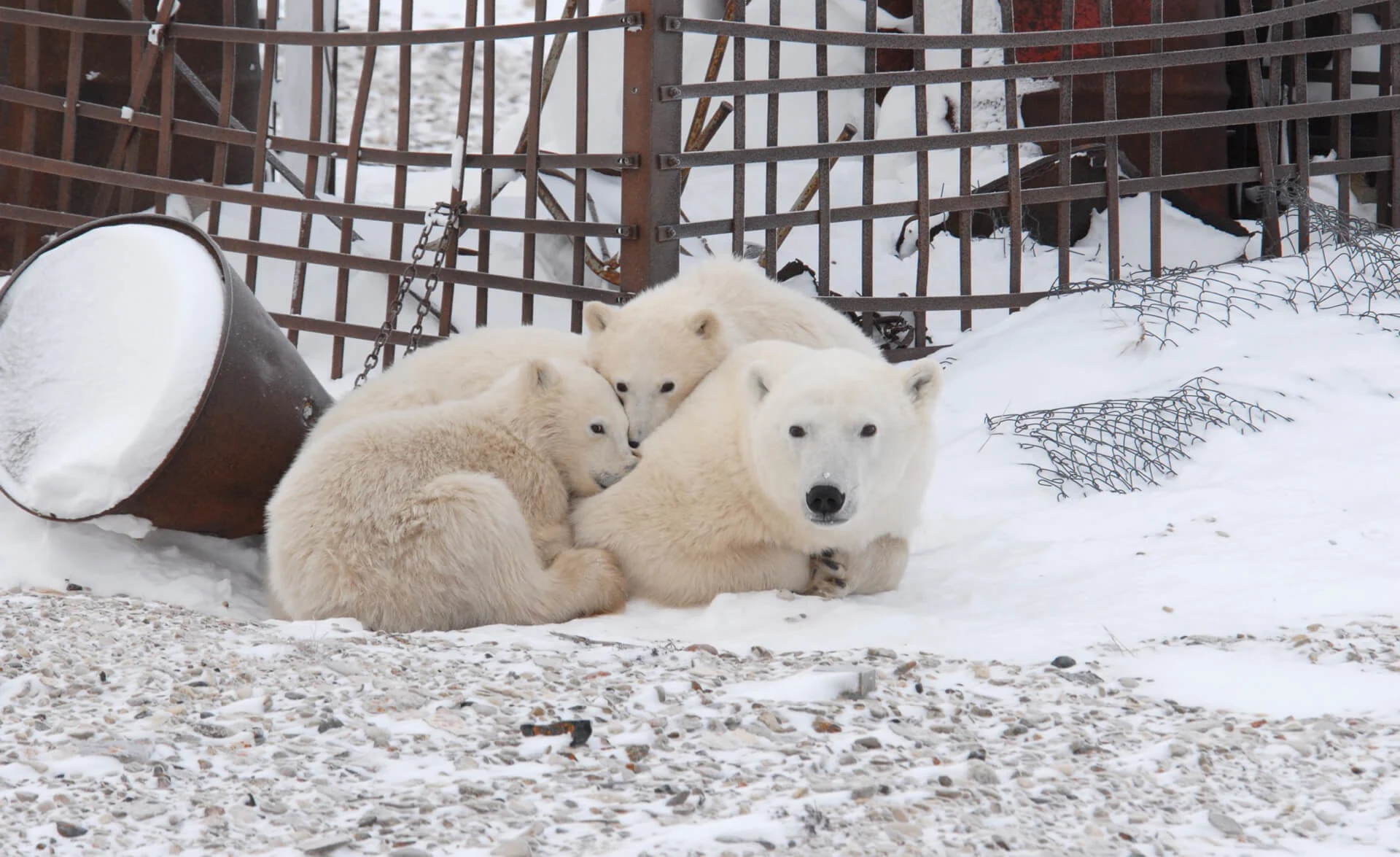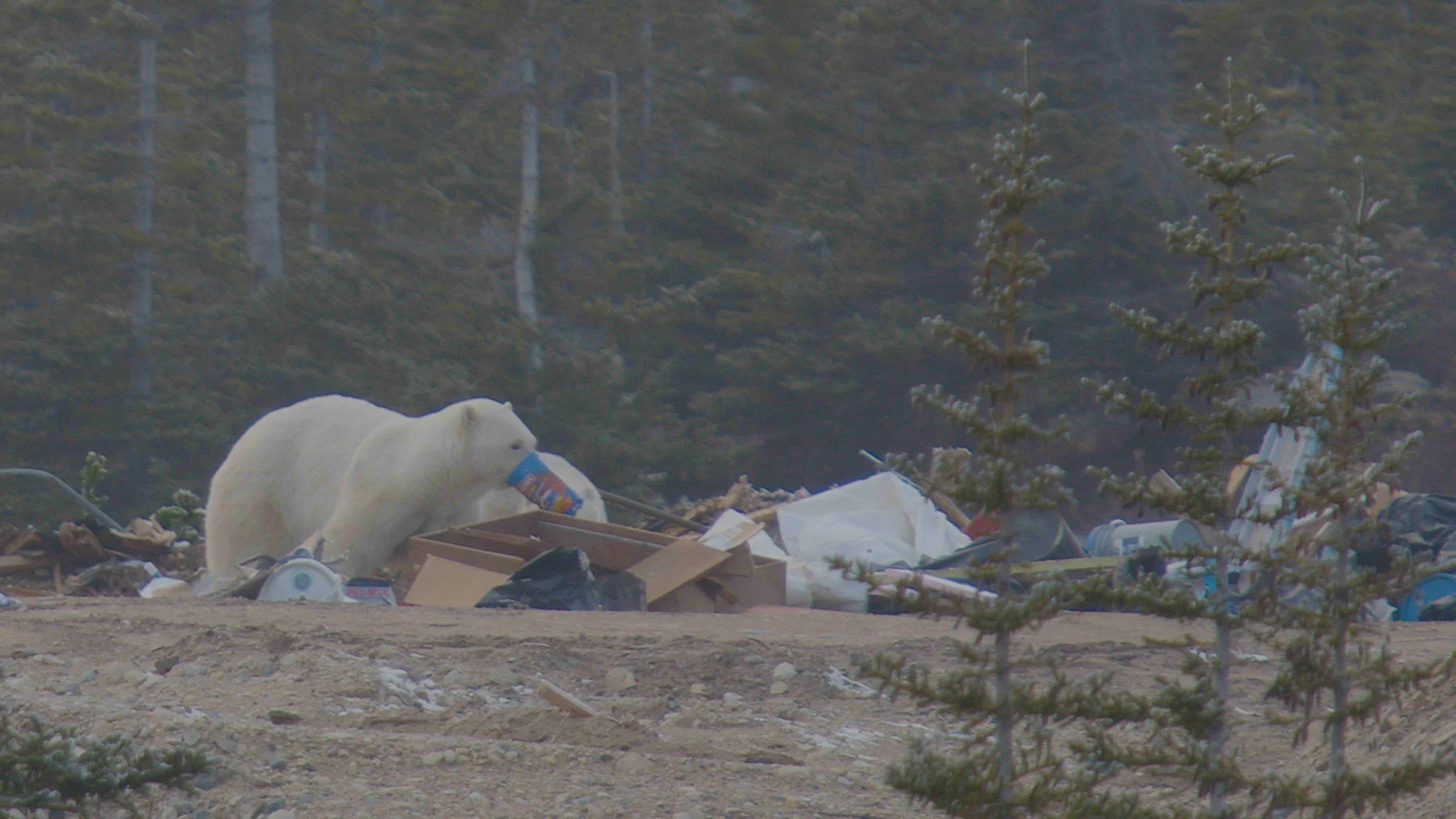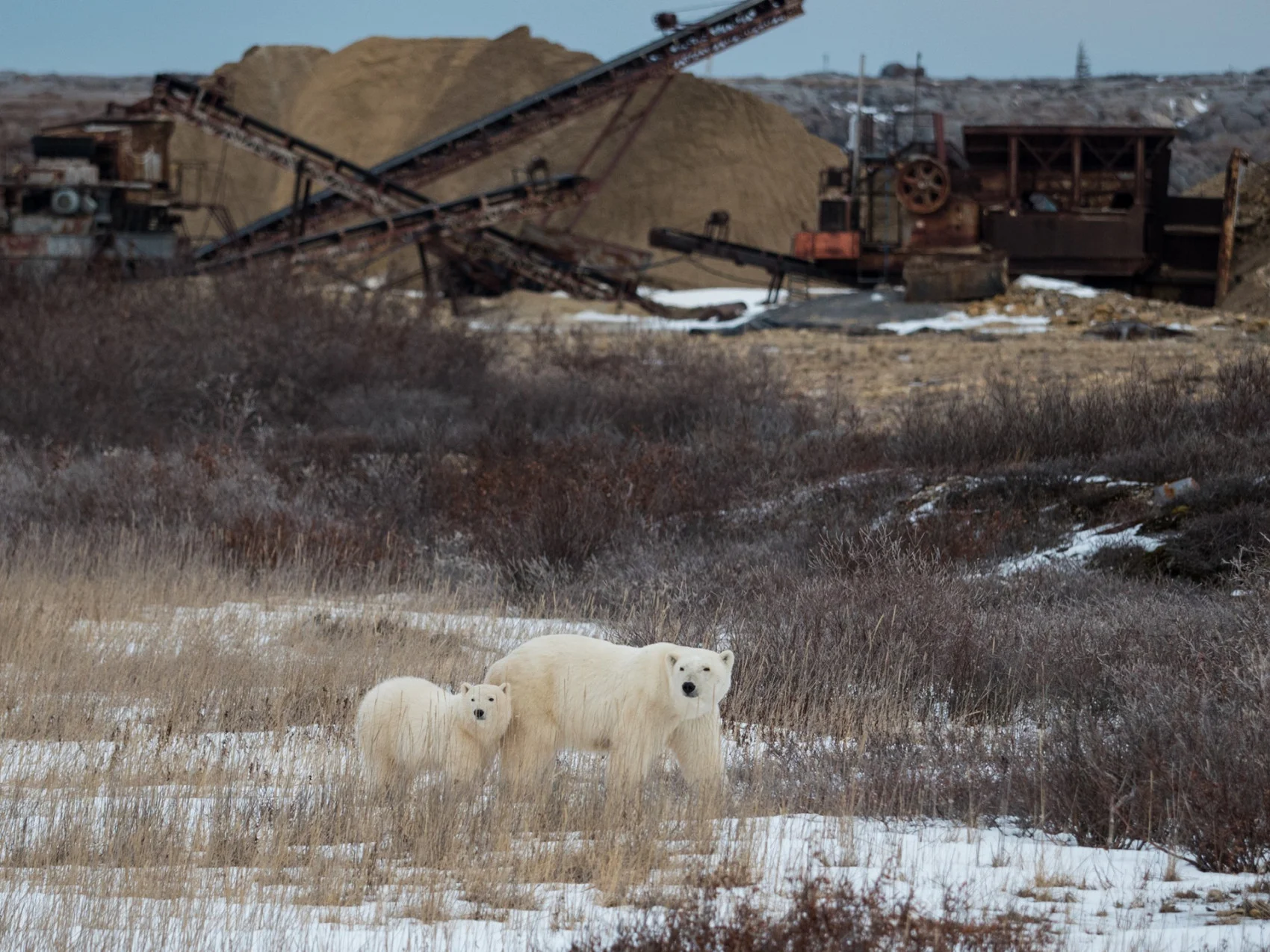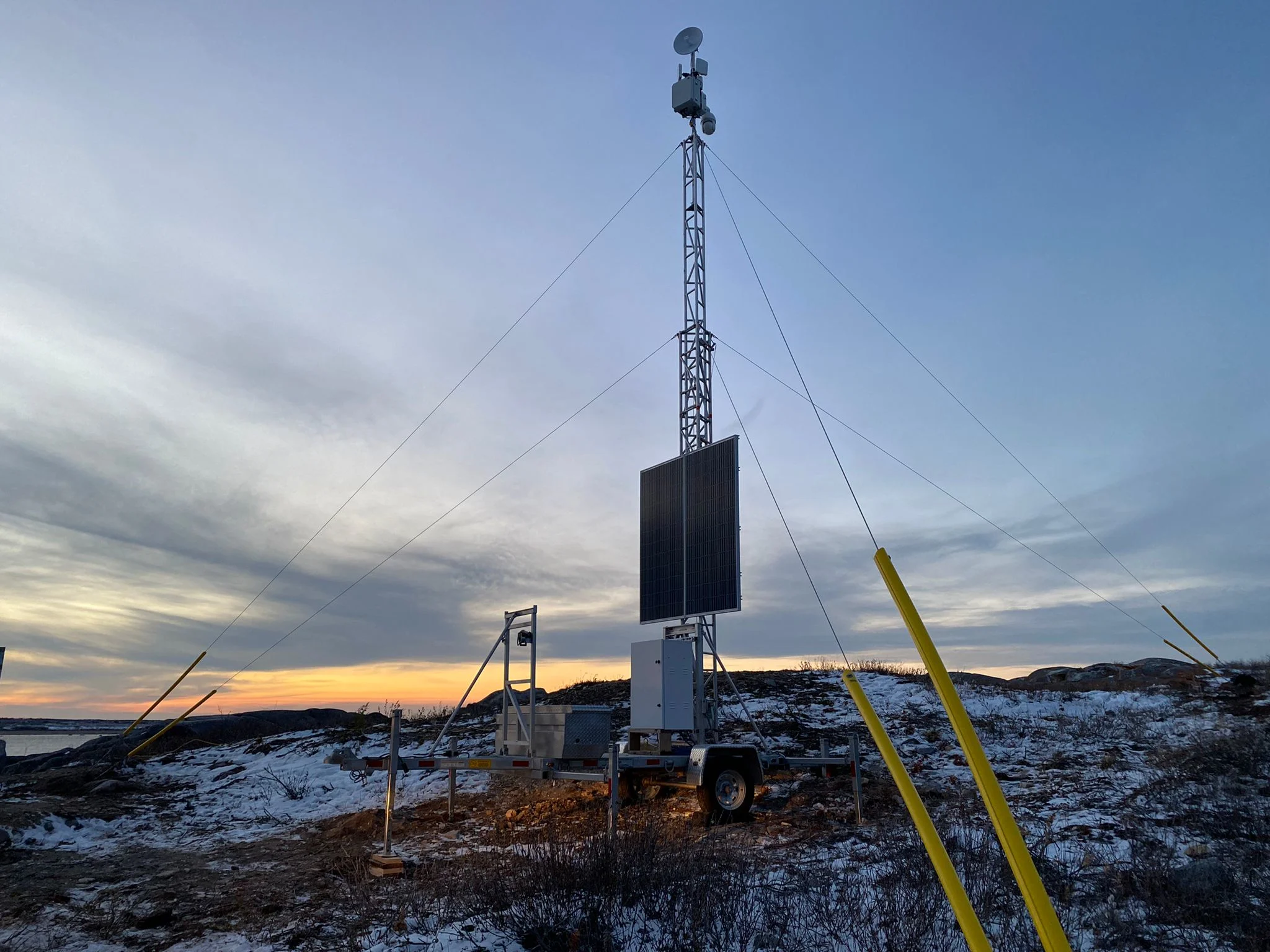
Churchill aims to be the world’s first “polar bear safe community”
Keeping people safe and reducing the unnecessary killing of polar bears are the top goals of coexistence.
Polar bears are spending more time on land due to disappearing sea ice and are encountering humans more frequently. Two-thirds of the world’s polar bears are found in Canada, which makes coexistence a pressing issue for northern communities.
Churchill is located along the shore of Hudson Bay in northern Manitoba and has been dubbed the polar bear capital of the world. The town is currently seeking an additional designation: the world’s first “polar bear safe community.”
“This involves having an assessment of your town, looking for hotspots, dangerous conditions, and places where bears can get food rewards,” Geoff York, senior director of conservation for Polar Bears International (PBI), explained to The Weather Network.
“As sea ice pulls back around the Arctic, Canada, and in Hudson Bay, we're seeing sort of the perfect storm of ingredients or increased human-bear conflict.”

A small waste site can be a big problem for polar bears, especially mothers and cubs. Research shows that cubs who learned to seek garbage as a food source return year after year into adulthood. Minimizing access to waste is a preventative strategy to keep this type of habituation from happening. (Polar Bears International)
PBI says the polar bear subpopulation living in western Hudson Bay has declined by up to 50 per cent since 1987. Southern subpopulations are considered to be harbingers of things to come for polar bears at large because sea ice extent, volume, and thickness are declining dramatically at these latitudes.
Without sea ice to hunt on, polar bears are forced to eat less nourishing food on land, such as berries and bird eggs. These foods have much lower energy densities than seals, their preferred meal, and result in starving bears that are more likely to eat garbage, cannibalize their own cubs, and attack humans.
See also: Metro Vancouver's last remaining glacier is disappearing fast
“Bears in Churchill are spending about 43 days more per year on shore than they used to and that starts to have impacts,” explained York. By 2030-2050, the bears could be spending upwards of 200 days onshore in the Hudson Bay region. “That's pretty soon and that goes well beyond the limits of their ability to fast,” said York.
The outcomes of a polar bear attack are often grim. Humans can suffer from severe injuries or death and the bear might be fatally shot to protect human life. With some Arctic communities expanding and hungry polar bears spending more time on land, increased coexistence strategies are viewed as a necessity for communities to live safely and protect the dwindling species.
“We're trying to learn from our brown and black bear colleagues on what's worked in the south with those relatives of the polar bear to make sure communities have plans, awareness, tools, and educational materials that are appropriate for communities and cultures,” said York.

A polar bear mom and cub wander near the quarry on the outskirts of the Town of Churchill. (Madison Stevens/ Polar Bears International)
Another important strategy that communities are focusing on is preventing the bears from accessing any type of food. “Once a bear comes into a community or a camp and gets a food reward, it's going to make it very difficult to keep that animal out,” York explained.
Technological solutions are also in development to provide advanced notice to communities that a polar bear could be near.
PBI is in the process of testing radar network systems that can detect polar bears within ranges of 100 metres to 15 kilometres. If the radar detects a bear, several actions would be triggered to notify the community that safety measures are to be taken. This includes outdoor lights switching on, alarms being triggered, and an alert sent to a conservation officer or trained professional that can respond to the bear with a non-lethal deterrent.
Recently, PBI implemented the use of a mobile tower from SpotterGlobal equipped with a radar system that has a medium range. The researchers anticipate that the system’s artificial intelligence will eventually be able to identify polar bears with at least 95 per cent accuracy.

The mobile radar tower deployed in Churchill. (Erinn Hermsen/ Polar Bears International)
PBI hopes that the successes and lessons learned through their coexistence research can inspire similar initiatives in other communities across Canada and the Arctic.
When asked what people need to know about the current status of polar bears, York emphasized that we all have a role we can play in managing the threats that polar bears are facing in the Arctic.
“Without question, climate change and sea ice loss are the overriding threat to polar bears around the Arctic. It’s not harvesting or other management, it's climate change,” said York.
“We have already committed to some pretty significant changes in the North due to climate change and resulting sea ice loss. Now we have to develop mitigation plans and do everything we can to make sure it doesn't get worse.”
Watch a recap of our polar bear discussion on Instagram LIVE from the tundra here
Thumbnail image: Polar bears are smart and curious, quick to investigate potential food sources. If they find food in a community, they will return again and again, endangering people and putting themselves at risk. When this happens, not only is the mother bear putting herself in harm’s way, but she is teaching her cubs dangerous behaviour. (Dick Beck/ Polar Bears International)












